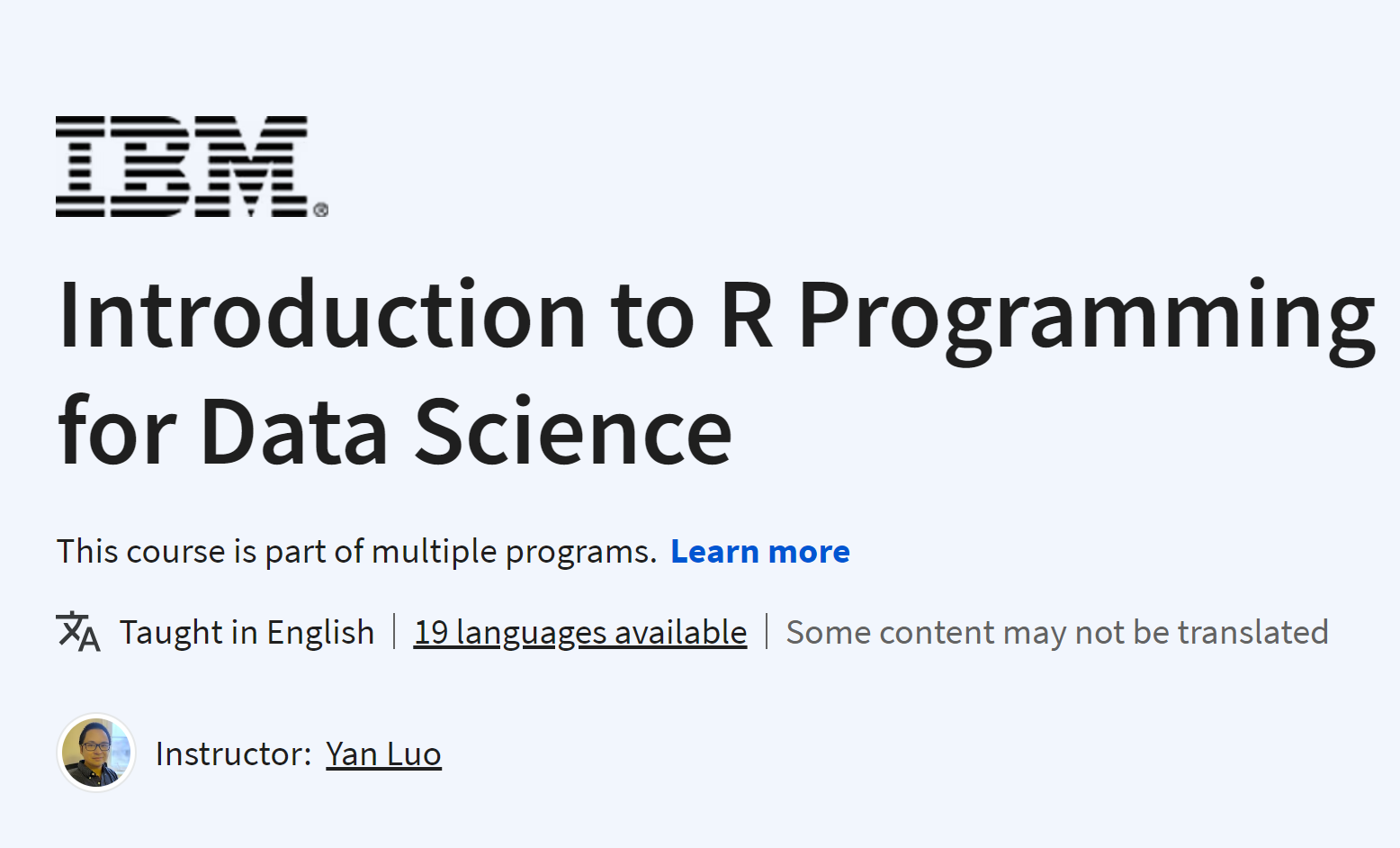
Introduction to R Programming for Data Science

Python Coding January 02, 2024 Coursera, Data Science, IBM, R No comments

Author December 07, 2019 Python, R No comments
Irawen April 30, 2019 R No comments

Irawen March 26, 2019 R No comments

Irawen March 25, 2019 R No comments

Irawen March 22, 2019 R No comments

Irawen March 19, 2019 R No comments

Irawen March 18, 2019 R No comments

Irawen March 18, 2019 R No comments

Irawen March 01, 2019 R No comments
Irawen February 11, 2019 R No comments

Free Books Python Programming for Beginnershttps://t.co/uzyTwE2B9O
— Python Coding (@clcoding) September 11, 2023
Top 10 Python Data Science book
— Python Coding (@clcoding) July 9, 2023
🧵:
Top 4 free Mathematics course for Data Science ! pic.twitter.com/s5qYPLm2lY
— Python Coding (@clcoding) April 26, 2024
Web Development using Python
— Python Coding (@clcoding) December 2, 2023
🧵: